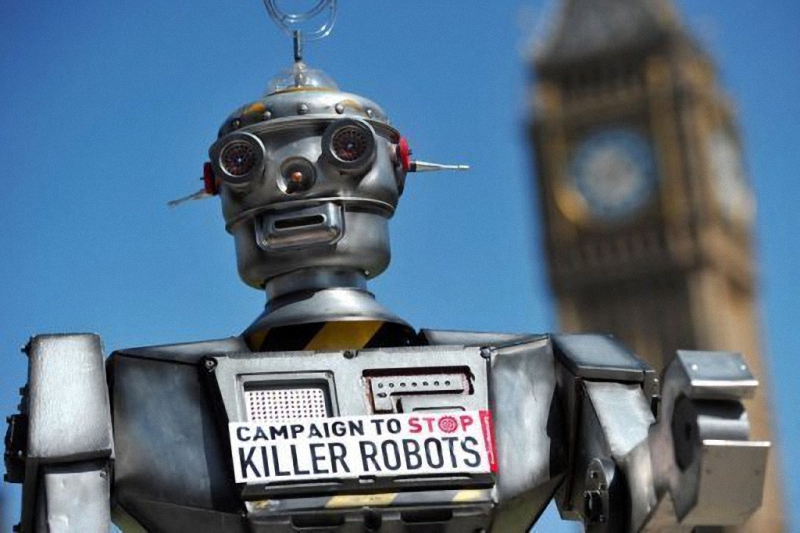On November 21, 2012, the US Department of Defense issued its first public policy on autonomy in weapons systems. Directive Number 3000.09 (the Directive) lays out guidelines for the development and use of autonomous and semi-autonomous weapon systems by the Department of Defense. The Directive also represents the first policy announcement by any country on fully autonomous weapons, which do not yet exist but would be designed to select and engage targets without human intervention.
The Directive does not put in place such a preemptive ban. For a period of up to ten years, however, it allows the Department of Defense to develop or use only fully autonomous systems that deliver non-lethal force, unless department officials waive the policy at a high level. Importantly, the Directive also recognizes some of the dangers to civilians of fully autonomous weapons and the need for prohibitions or controls, including the basic requirement that a human being be “in the loop” when decisions are made to use lethal force. The Directive is in effect a moratorium on fully autonomous weapons with the possibility for certain waivers. It also establishes guidelines for other types of autonomous and semi-autonomous systems.
While a positive step, the Directive does not resolve the moral, legal, and practical problems posed by the potential development of fully autonomous systems. As noted, it is initially valid for a period of only five to ten years, and may be overridden by high level Pentagon officials. It establishes testing requirements that may be unfeasible, fails to address all technological concerns, and uses ambiguous terms. It also appears to allow for transfer of fully autonomous systems to other nations and does not apply to other parts of the US government, such as the Central Intelligence Agency (CIA). Finally, it lays out a policy of voluntary self-restraint that may not be sustainable if other countries begin to deploy fully autonomous weapons systems, and the United States feels pressure to follow suit.
Ref: Review of the 2012 US Policy on Autonomy in Weapons Systems – Human Rights Watch
Ref: Say no to killer robots – The Engineer
Ref: Losing Humanity: The Case against Killer Robots – Human Rights Watch


